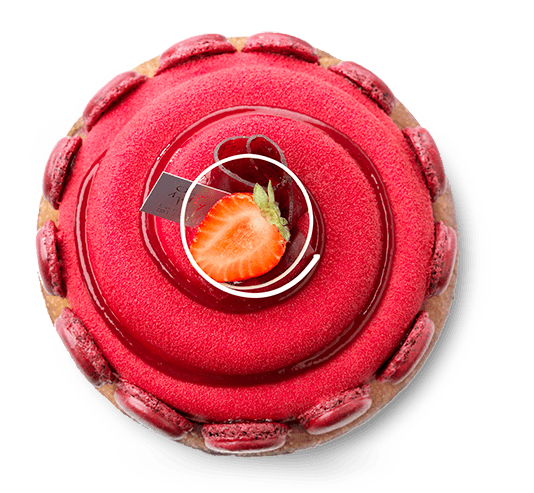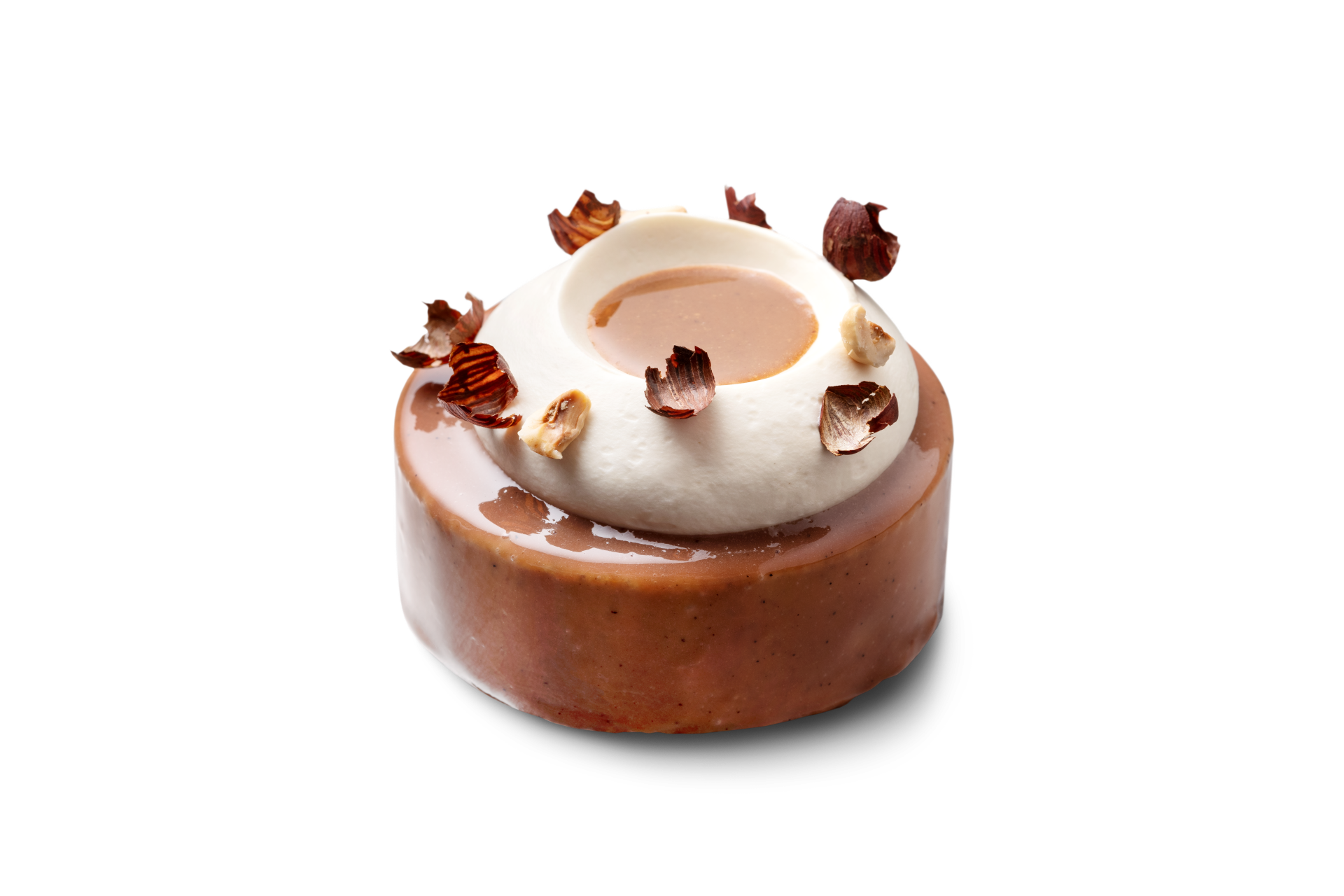When two worlds merge together
Small warning in advance: after reading this article, your view of Chinese cuisine will change forever. You will see that age-old traditions do not have to exclude a progressive and innovative philosophy. Chef Han of HanTing Cuisine is a dream example of someone who uses his roots as the foundation for a very special worldly cuisine. The negatively charged term fusion is presented here in a completely different way. In addition, we see a visionary who knows what entrepreneurship is and is building a serious empire.


The name HanTing is a combination of the names of chef Han and his wife Ting. HanTing Cuisine is located in The Hague and has been awarded a Michelin star since last year. Next to this business they have a group of restaurants called Umami. This group will soon open its seventh location. At the moment Han and Ting are also busy setting up the HanTing Academy for research and training.
The chef, who comes from North China, fuses the oriental cuisine with the French. Chef Han: “My philosophy is that there are no boundaries between the different cuisines. Of course, every kitchen has its own tastes, techniques, structures and philosophies. But if you understand the kitchens through and through and have the cooking under control, you learn that all kitchens are basically the same. It is about the organization and reorganization of the components of the kitchen. These ultimately determine the style. A top chef should, in my opinion, forget about the limitations of the different cuisines and only use what suits his own style.”

Although the name HanTing (and some characteristic items from the interior) suggests otherwise, the kitchen is international and diverse. This ensures a varied and often young audience. All dishes are small and about the same price. With this, guests can compose their own menu, with Chef Han indicating the optimal order of dishes. In addition, there is the chef's popular menu and the Chinese spice menu. The signs show a recognizable style for us, but there is really more to it. The dishes are light and very well balanced. You taste flavors and structures from classic French cuisine, we see innovative techniques and then there is of course the influence of Chinese medicine. For example, the brigade comes up with dishes such as Wagyu with marinated sea jellyfish, egg cream, a gel of spinach, yellow beans, crispy mussels and shiitake puree. Also the sea bass baked on wafer-thin tofu with winter melon, tamarillo gel, herb crème frache, walnut cream, morel sauce and a foam of astragalus and taproot are outspoken examples of his style. Much use is made of dried roots, herbs, flowers and e.g. tangerine peel. If you thought you knew everything, a world will open up for you here.

If you let chef Han talk about his vision of Chinese herbs in gastronomy, you can't help but be inspired. With the five elements as a starting point, the chef and his team have put together a menu that is based on Chinese medicine. Chef Han: “Healthy food is ingrained in Chinese culture. Chinese nutrition has been around for 5000 years. In Europe we often forget that food and health are directly related. In China you are literally spoon-fed that what you eat is good for your body and prevents you from getting sick. In recent years I have researched the effects of Chinese herbs and ingredients on the human body and composed dishes that are aimed at health. I have adapted the flavors of the dishes to the European ones. The main goal in my life is to make Europe think about healthy eating.”
Example of the Chinese spice menu
Wagyu
Raw – spinach – sea jellyfish – honeysuckle dried chrysanthemums – mussels
Sea bass
Morels – dried mandarin peel – black eye beans walnuts – astragalus
Lemon sole
Chinese chives – shrimps – coix seed – cherokee rose Chinese root tuber
Lamb fillet
Back fillet garlic – Chinese seaweed – carrot - dogbane leaf – solomons stamp
Pear
Sorbet – pear – miserable – Chinese yellow sugar silver ears – fritillaria






